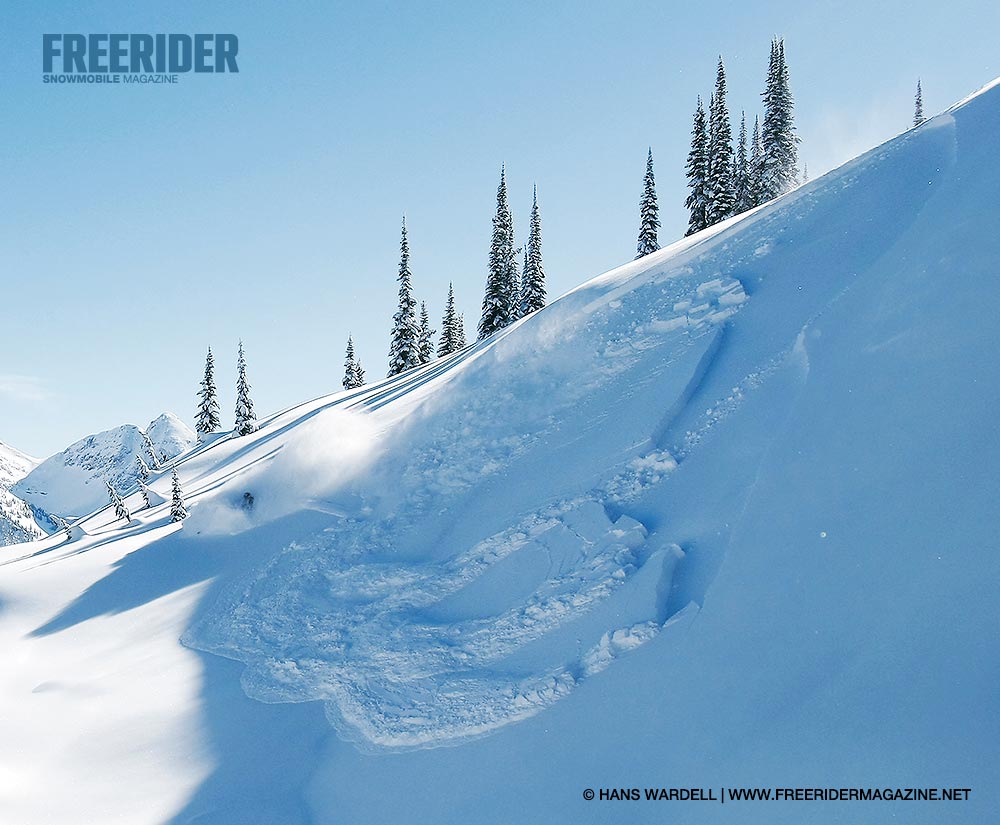If you are planning on riding in avalanche terrain, make sure you and all your riding buddies have the proper avalanche gear, the essential three. An avalanche transceiver, a probe and a shovel are a must out there.
1. AVALANCHE TRANSCEIVER
There are many different avalanche transceivers to choose from on the market. Ask experienced users for advice or read tests and reviews to compare different models. Choose one with three digital antennas for best performance. It’s important that you find one that is easy to use, to be fast and efficient during search.
2. AVALANCHE PROBE
Avalanche probes complete the “essential three” for a successful avalanche rescue. Use one of good quality, and practice every now and then how to put it together and use it.
3. AVALANCHE SHOVEL
Avalanche shovels finish the job that avalanche transceivers and probes start. It is really important that you have a shovel that is made and tested for avalanche rescuing. Because when avalanches occur and the snow has settled, it becomes almost as hard as concrete. A good shovel can be the difference between life and death.

We also recommend taking avalanche courses so you have the awareness and can plan your riding according to the avy danger. Spend some time together with your friends and practice searching every now and then, so all of you are prepared for the worst scenario.
Never leave the parking lot without a probe and a shovel in your backpack, and a transceiver attached to your body under your outerwear. Make sure it is turned on and that the battery indicator shows close to 100%. Check that you get a signal from all your friends, and ask them to check you. If someone has forgotten any of their avalanche gear, don’t let him or her go out with you. It’s a risk for your life and their life, and just not worth it.
In between your backcountry adventures it is good to check your safety gear to make sure everything is functioning properly, so you are ready for your next adventure.
Text and photos Hans Wardell








